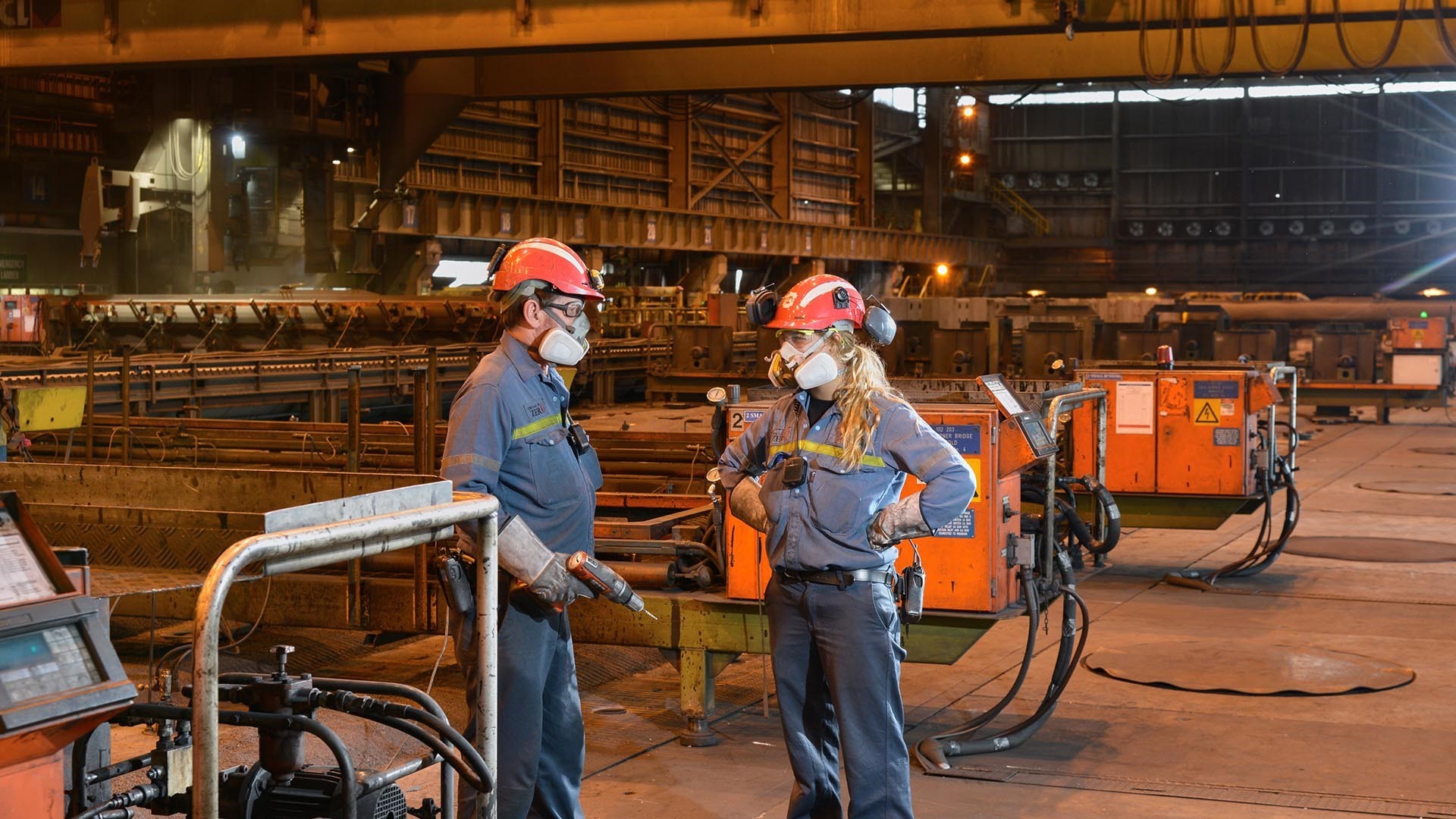Tiwai Point’s assessment data reveal elevated levels of cyanide in groundwater
Ecosystem Southland is in charge of a programme of action to ensure a thorough and integrated approach is followed to determine the level of contamination at the Tiwai aluminium smelter site and the necessary clean-up of the surrounding environment. According to the Environmental health and safety (EHS) assessment, the results show contaminants in drains and soil. It also reveals elevated levels of cyanide, fluoride, aluminium, arsenic, and PAHs in groundwater.

New Zealand Aluminium Smelters (NZAS) has been requested by the regional council to take many actions to remediate the pollution that the firm discovered via its own reporting and a subsequent independent evaluation. The commission is requesting an enhanced, independent monitoring programme for the site.
To clarify contamination at Tiwai Point, Environment Southland hired EHS, a consultancy with experience decommissioning smelters internationally, to evaluate the NZAS-commissioned Detailed Site Investigation report, which provides information about the contaminants found at the smelter's site.

Among the primary conclusions of the NZAS report cited by EHS Support are:
- Fluoride levels in surface soil were 8–16% in some locations
- Fluoride and PAH (polycyclic aromatic hydrocarbon) surface soil concentrations that exceed ecological screening standards and health risk criteria
- Groundwater containing "elevated levels" of cyanide, fluoride, aluminium, arsenic, and PAHs (hydrocarbons)
- Concentrations above general or default risk-based standards, ecological screening criteria and commercial/industrial, recreational, and health risk factors. However, there was insufficient data to determine if the pollution affected the local marine and terrestrial environments.
- There are signs that pollutants from infrastructure and storage facilities may leak into the environment.
There are "several residual and ongoing sources of pollution to the environment" from the Tiwai site, according to a study of a report commissioned by New Zealand Aluminium Smelters (NZAS). It also points out other instances where further data is necessary to evaluate how that pollution may affect the surrounding ecosystem.
New Zealand Aluminium Smelters (NZAS) declared in 2020 that it would stop operating Tiwai Point by the end of 2024. Environmental Minister David Parker instructed Environment Southland to look into the degree of pollution at the NZAS Tiwai Point site in December 2020 and provided funds to help with the inquiry.
“With any industrial operation of this scale, some level of contamination at the site is to be expected, however, it is evident from the data supplied by NZAS that a significant mass of contamination has been discharged into the environment. What this data doesn’t tell us is whether the historic and current NZAS operations have had, or are causing, negative effects to the land, groundwater and coastal marine environments,” said Environment Southland chief executive, Wilma Falconer.
This news is also available on our App 'AlCircle News' Android | iOS


























